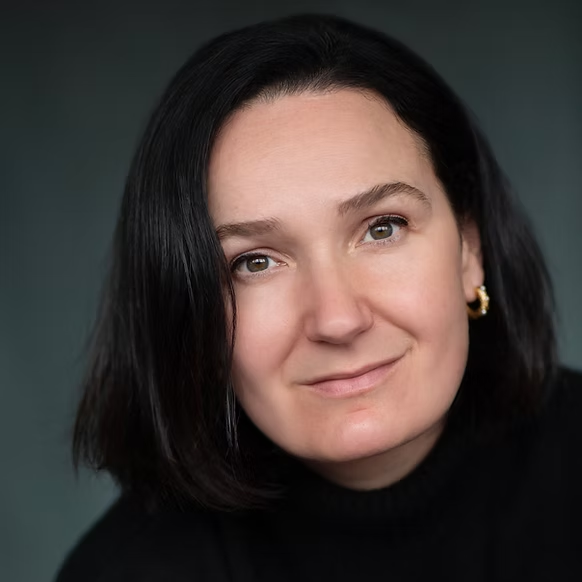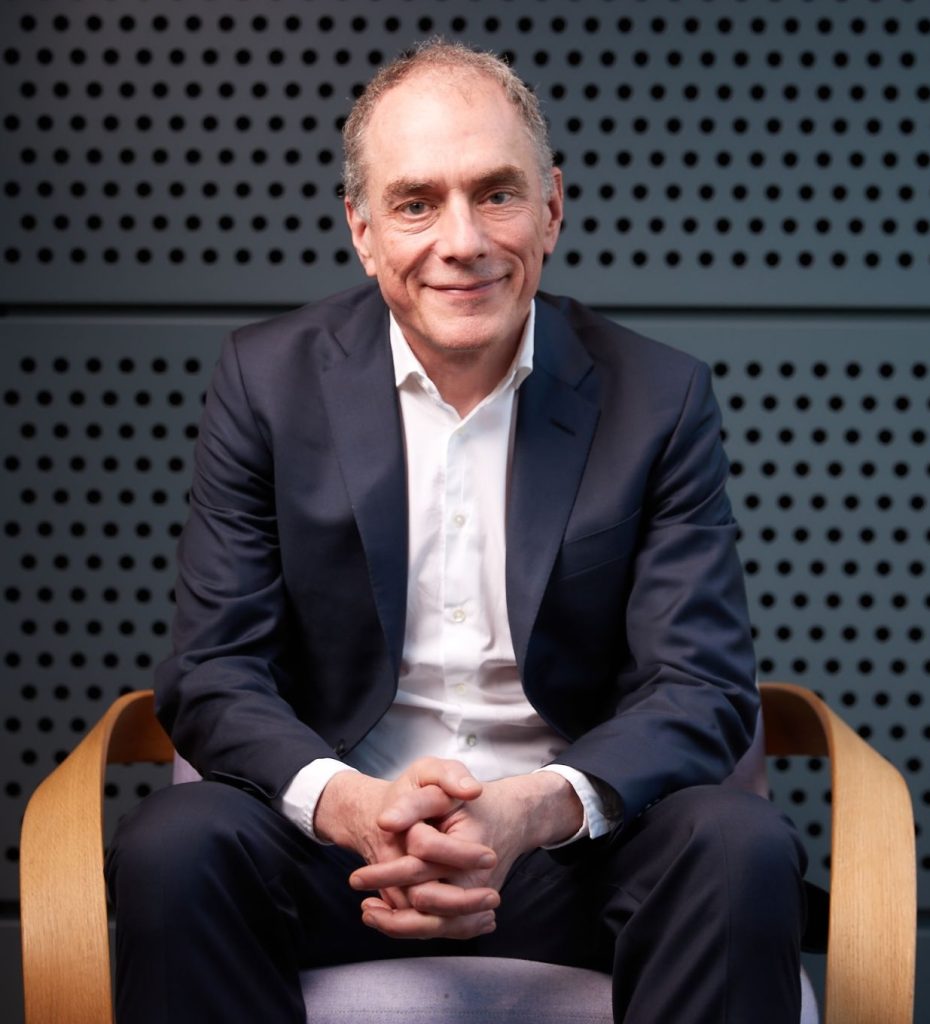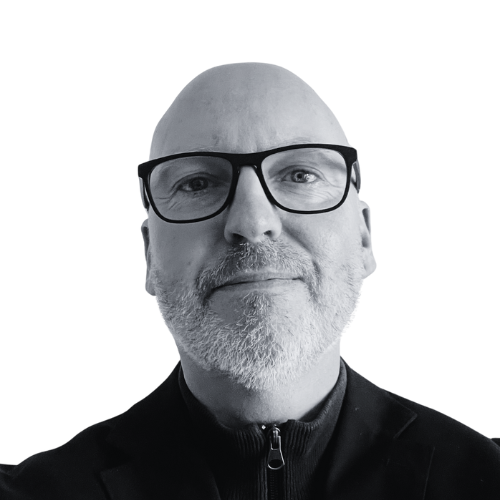Artificial Intelligence
Materials
Net zero
Quantum
Robotics
Where digital meets decarbonisation. Can the UK turn convergence into competitive advantage?
Reading time: 3 mins
The UK’s quantum community has never been more connected, but understanding how the money flows, who controls it, and how to make it work at scale is key to its future
“Access to capital is one of the main issues for growing industries,” said Tom Adeyoola, tech entrepreneur and executive chair at Innovate UK. “It was a big thing that I focused on as a start-up, in particular at the scaling stage.” Adeyoola, who co-authored the Start-up, Scale-up Review for Rachel Reeves in 2022, was chairing a panel at the UK National Quantum Technologies Showcase 2025 in London last week. He reminded the audience that mobilising growth capital from pension funds through the Mansion House Accord remains one of the most pressing goals for government and industry alike.
So, what about quantum? What will it really take to translate the UK’s quantum advantage into growth? Adeyoola spoke to George Mills, director of investments at the British Business Bank, Stuart Woods, chief strategy officer and head of Innovation and Partnerships at the Novo Nordisk Foundation Quantum Computing Programme, Nicola Sinclair, general partner at Twin Track Ventures and co-founder of the Quantum Investors Network, and Manjari Chandran-Ramesh, partner at Amadeus Capital Partners.

“We have an embarrassment of riches in the UK,” said Mills, “because of the activity that’s happened ten years ago with the quantum programmes. We’ve got really strong companies across lots of different modalities, and now have a moment where we need to invest in them substantially to make sure that they’re equipped to compete with their predominantly American competitors.”
Chandran-Ramesh agreed that the problem isn’t early investment but scale. “It’s not a quantum-only problem,” she said. “It is a deep tech problem. Most of my companies, if they’re raising Series B or C rounds above £50 million, I’m asking them to go to the US, because you need to get that lead investor. There’s a lot of follow-on funding in the UK and Europe that then crowds in, but there are very few people who will do that lead ticket unless you go across the pond.”
For Woods, the challenge goes beyond funding. “It’s a lot about scale-up,” he said, “but how do we do something different than what we’ve done before? It needs governments, but it also needs foundations, and it needs a different marriage between commercial entities and academic entities, because some elements work well under a P&L and some do not.”
Adeyoola described the flow of institutional money as “the biggest and strongest route we could take as a nation,” but warned that progress has been too slow. “We just need more speed in the system,” he said.

Mills said the British Business Bank is already moving, but structural frictions remain. “There are some really knotty technical challenges around pension funds investing in venture capital funds, the way they’re structured, the fees, the reporting requirements. They’re just different beasts, and people, including people at the Bank, are working very hard to fix some of those.”
Chandran-Ramesh agreed but didn’t hide her frustration. “It’s going so slowly that I find it glacial. Maybe I’m just too used to the start-up world for it to actually excite me enough that it’s going to come anytime soon. Great work is happening, it’s just glacial in my view.”
She pointed out that illiquidity remains a major barrier. “Even if the target allocation is 5%, funds aren’t yet structured in such a way that it can easily be allocated to an illiquid asset like venture.”
While money may be starting to flow, understanding where to put it is still a challenge.
“When quantum companies presented, the room usually fell silent,” said Sinclair. “Generalist investors sometimes didn’t have the language to articulate the question they were feeling.”

She founded the Quantum Investors Network precisely to address this issue, bringing together around 60 funds “from small angel groups through to international growth funds” for smaller, more informed conversations. “We felt an element of stewardship in the sector was really important,” she said.
Woods was more blunt. “Having sat on over €170 million in deep tech jury funding, I’ve seen just about every kind of company,” said Woods. “Generalist VCs tend to focus on the wrong things. There’s been a real focus on qubit count, when that’s probably not the highest value to quantum.”
Chandran-Ramesh argued that this misunderstanding is part of a healthy learning curve. “Venture capital is trying to educate itself,” she said. “It’s taking a number of pitches and forming a consensus on what the community is telling us. For a generalist to come in, it is hard, which is why most of them will have a small sliver of deep tech, and within that, a sliver of quantum. That’s perfectly fine because they have to hedge their bets.”
“We as European investors need the gumption to say no to some of those things and stick around a bit longer,” said Mills, reflecting on the recent sale of Oxford Ionics. “We don’t yet have venture capital general partners [in Europe] who’ve said no to billion-dollar deals,” he added, suggesting that it is a key reason why Europe doesn’t own big tech firms.

Adeyoola agreed that the UK needs to think bigger. “We’ve got to stop talking about unicorns, because we want the £100 billion-plus companies, the ones that really drive economic value for the UK.”
Sinclair was optimistic about what comes next. “We have some amazing companies in the UK and Europe where very young talent has had the opportunity to work in a start-up,” she said. “I’m really excited now to start to see some of those young people coming out and starting to go again.”
Chandran-Ramesh said that progress over the past decade has made funding cleaner and fairer. “Cap tables are now much better than where they were ten years ago. Hats off to the Academy [Royal Academy of Engineering] for spearheading that.”
She added that experienced founders are vital to sustaining momentum. “We do need to see someone who’s actually done an exit to come and at least mentor them. That’s going to be quite critical.”
Woods offered a more reflective take. “One of the strengths and the disadvantages of the UK quantum ecosystem is that it’s ten years old now and that comes with a bit of baggage,” he said. “We have companies in the process of cleaning themselves up but there’s a lot to be learned from those ten-year-old quantum companies that we can apply to new ones.”
“The word sovereignty is incredibly problematic,” said Sinclair. “What we really mean is control. What’s interesting is to see the best technology operate across a group of countries and allow it to scale.”

Woods noted that global alignment has become harder. “Everything needs an export licence if it’s of dual-use nature. It just becomes a lot more complicated.”
For Chandran-Ramesh, though, the biggest gap is commercial. “Governments have done a great job putting in money, but they’re not considered repeatable customers by investors,” she said. “What I’d really like to see is a move towards corporates doing pilot programmes for applications. Once the commercial validation starts to become tangible, it will really help.”
Adeyoola agreed that the corporate pull is finally building. “Over the next two years, you’ll start to see that massively ramp up.”
Woods was philosophical about what comes next. “It’s a lot about scale-up,” he said earlier, “but how do we do something different than what we’ve done before?” For him, the next phase of the quantum economy is not about brute force but precision. “What excites me is really, how do we move from brute force to elegance?”
Adeyoola concluded, “there’s a step change in maturity happening. It feels very much like the sector is accelerating and that leaves me confident about our position here and the potential to really take a lead in this sector.”

Working as a technology journalist and writer since 1989, Marc has written for a wide range of titles on technology, business, education, politics and sustainability, with work appearing in The Guardian, The Register, New Statesman, Computer Weekly and many more.
Quantum
Reading time: 10 mins
Quantum
Reading time: 10 mins
Quantum
Reading time: 11 mins
Robotics
Reading time: 1 mins
Quantum
Reading time: 3 mins